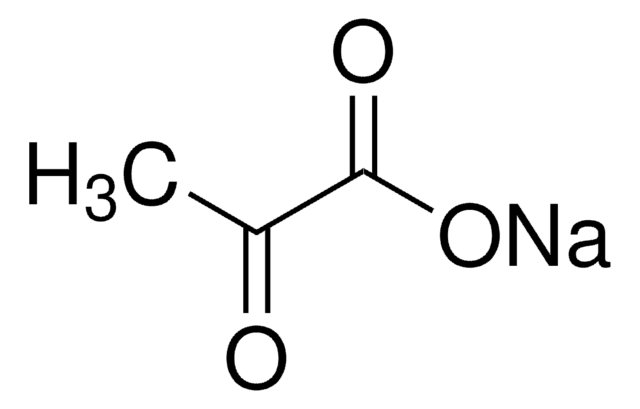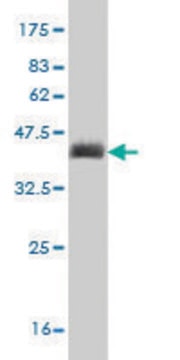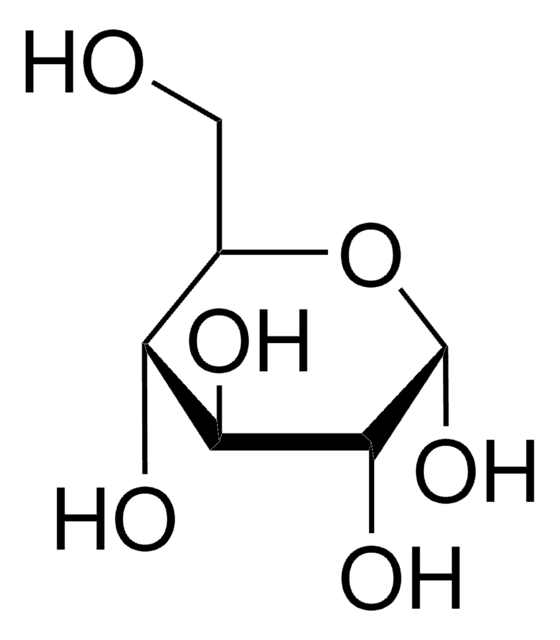LM1906
Avanti
17:0-20:4 PI(3,4,5)P3
Avanti Polar Lipids LM1906, powder
Synonym(s):
1-heptadecanoyl-2-(5Z,8Z,11Z,14Z-eicosatetraenoyl)-sn-glycero-3-phospho-(1′-myo-inositol-3′,4′,5′-trisphosphate) (ammonium salt)
About This Item
Recommended Products
form
powder
manufacturer/tradename
Avanti Polar Lipids LM1906
packaging
1 ea of 1 × (with stopper and crimp cap (LM1906-1EA))
application(s)
lipidomics
metabolomics
shipped in
dry ice
storage temp.
−20°C
SMILES string
[H][C@@](COP([O-])(O[C@H]1[C@H](O)[C@@H](OP([O-])(O)=O)[C@H](OP([O-])(O)=O)[C@@H](OP(O)([O-])=O)[C@H]1O)=O)(OC(CCC/C=C\C/C=C\C/C=C\C/C=C\CCCCC)=O)COC(CCCCCCCCCCCCCCCC)=O.[NH4+].[NH4+].[NH4+].[NH4+]
General description
Application
- as a lipid standard in ultra-performance liquid chromatography-tandem mass spectrometry (UPLC/MS)
- as an internal standard in lipid extraction from Drosophila larval tissues
- as an internal standard in liquid chromatography tandem mass spectroscopic (LC-MS/MS) analysis of methylated phosphatidylinositol phosphates (PIPs)
Biochem/physiol Actions
Packaging
Legal Information
Storage Class
11 - Combustible Solids
Certificates of Analysis (COA)
Search for Certificates of Analysis (COA) by entering the products Lot/Batch Number. Lot and Batch Numbers can be found on a product’s label following the words ‘Lot’ or ‘Batch’.
Already Own This Product?
Find documentation for the products that you have recently purchased in the Document Library.
Our team of scientists has experience in all areas of research including Life Science, Material Science, Chemical Synthesis, Chromatography, Analytical and many others.
Contact Technical Service



